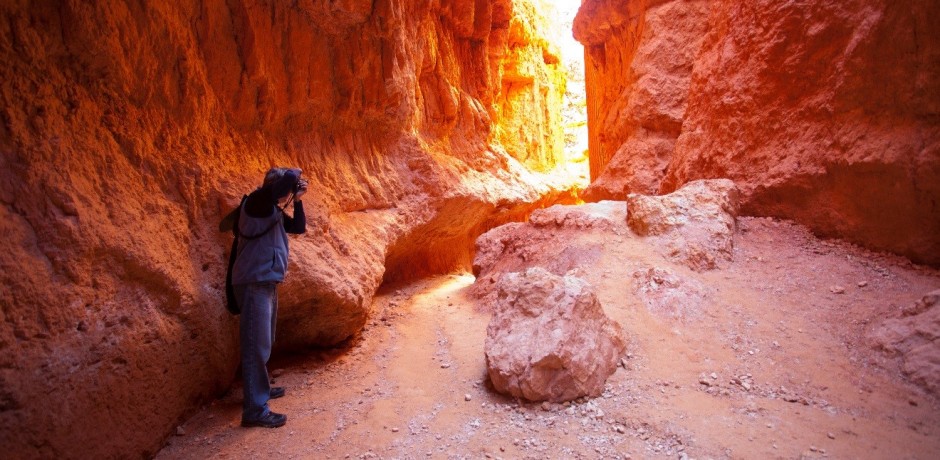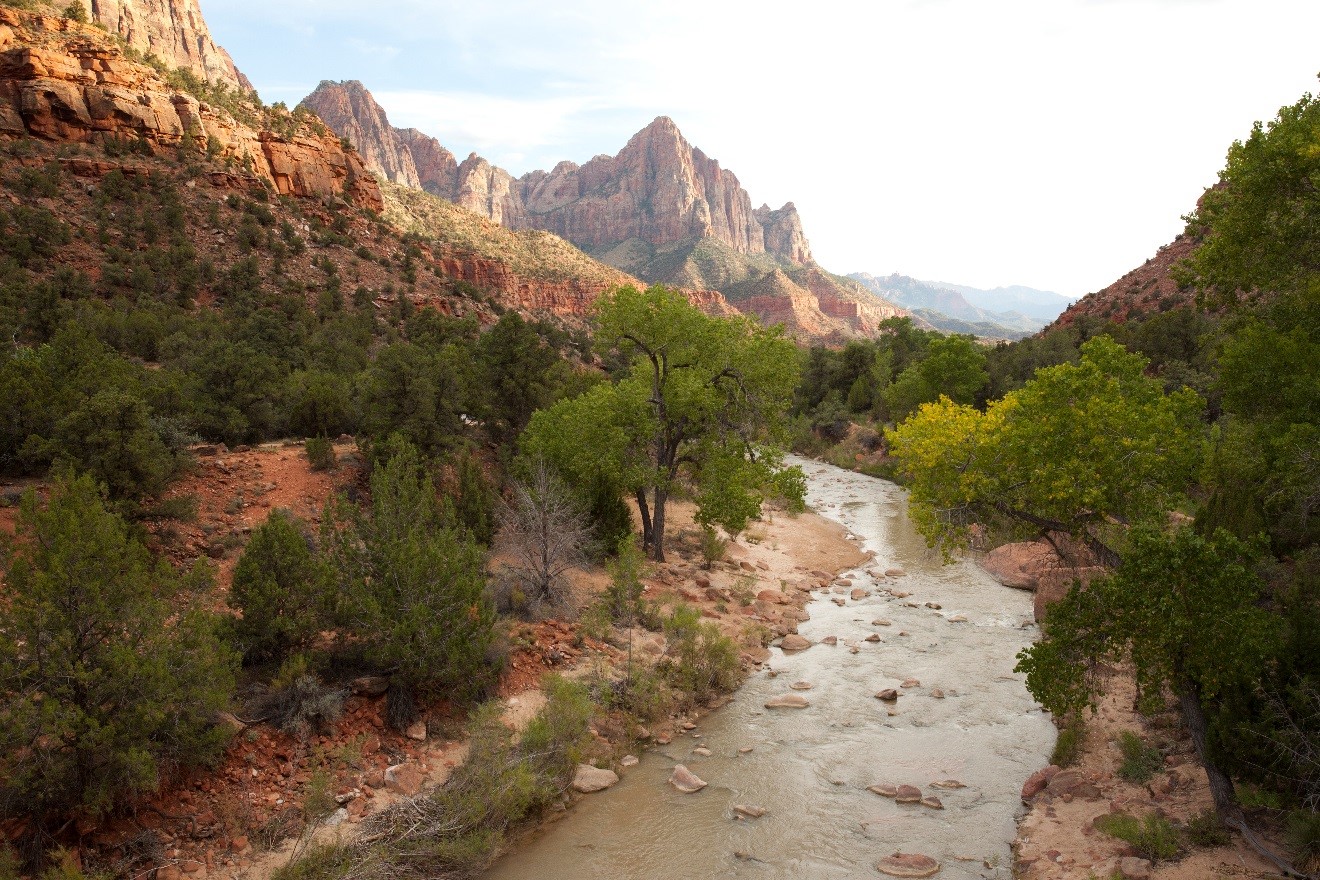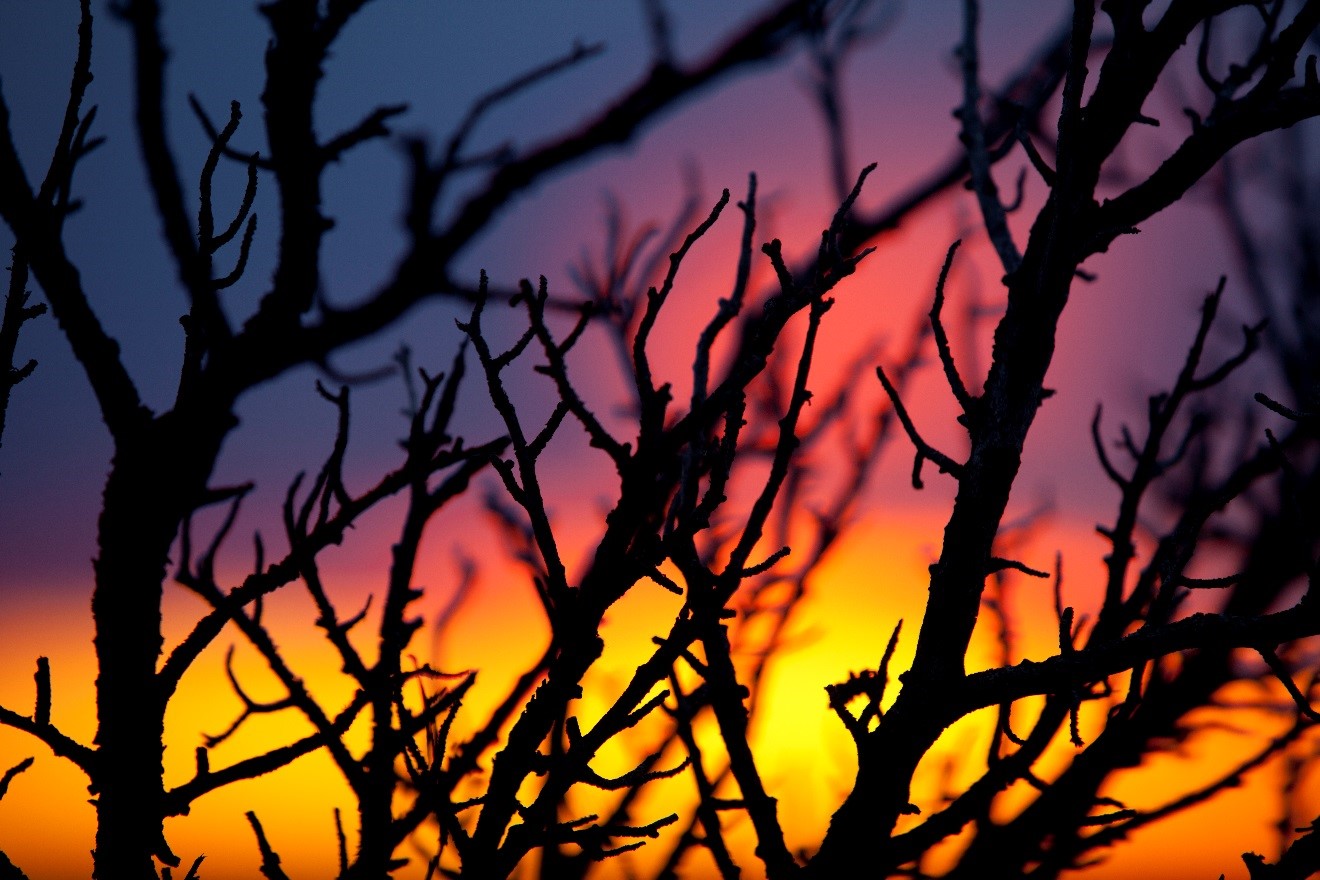
What’s in the Camera Bag? Canyons of the American Southwest
The canyons and landscapes of Bryce, Zion, and Grand Canyon National Park are some of the most photogenic areas in North America, and perhaps the world. When gearing up for a trip there, be sure you have the right gear so you can take home some show stopping photos of your adventure.
Please note, photographic styles vary, as do conditions on the ground. While this is meant to be a guide for choosing your camera gear, you should consider your own photographic interests first and foremost.

It’s all about the wide-angle zooms and zoom telephotos in Canyon Country.
Ultra wide angle
Not 100% necessary, as often a standard wide angle (18mm on a crop frame; 24mm on a full frame) is enough. However, ultrawides do give you the unique perspective to shoot within tight canyon walls, or incorporate nearby foreground elements in otherwise vast scenes. While something in the 10mm range (for crop frame cameras) or 16mm range (for full frame cameras) is fun, it’s not the most or second most important lens you’ll have in your kit.
Wide angle zoom
This one is critical and will be the most important lens to have with you. Something that allows you to photograph a big sky with orange canyon walls one moment, and zoom in on a unique composition of portion of the landscape the next. Something like an 18-55, 24-70, or 24-105 is ideal.
Zoom telephoto
This would be the second most useful lens in your kit. While it may seem odd, since most of what you’ll be photographing will be stunning landscapes and not necessarily wildlife, it is indispensable if you want to get truly unique and show stopping photos. Something in the range of a 70-200, 70-300, or even zoom upwards of 400 is great. Because of something known as telephoto compression, using zoom while taking landscape shots can be very rewarding. Plus, because distances are so great in Canyon Country, wide angles can almost give you too much in the frame at times.
X-factor lenses
For this part of the world, x-factor lenses are especially fun. The first one that comes to mind is a macro lens. Wildflowers are present in both spring and fall, and can be very small but with extraordinary detail and color.
A nifty fifty (50mm f/1.4 or f/1.8) is also a fun lens, as it can blur the background in a big way. Not as versatile as other lenses since it’s fixed at 50mm, but indeed fun nevertheless.
Lastly, a fisheye is also great fun, as the refraction can actually create dynamic images of steep canyon walls when in close quarters. Also, since night photography can be quite good if you are prepared for it, a fisheye can help capture the majority of the star-filled and incredibly dark skies.
Flashes
Not really that important. Might be neat to photograph darkly lit canyon walls, but natural light is usually MUCH more appealing.

Tripods
Can be quite useful when photographing landscapes, as you’ll want to have wide depth of field (more on this in our Landscape Photography section), which may necessitate a slower shutter speed. If you are keen on night photography, it’s a must. Tripods can sometimes be unwieldy, so be sure to check out our tripod section for details on how to shop for the right tripod.
Other accessories
Be sure to bring plenty of extra memory, as it’s often surprising how many photos you can take of a single canyon overlook.
By far the most important lens to have with you is something in the wide-angle to medium telephoto range. Multi-purpose lenses work quite well in this environment, as you’re usually not limited by light. And having the ability to frame your shot just as you’d like is a massive benefit, so that you don’t have to crop too much in post-processing.
Go forth and give it a shot,

Leave a reply